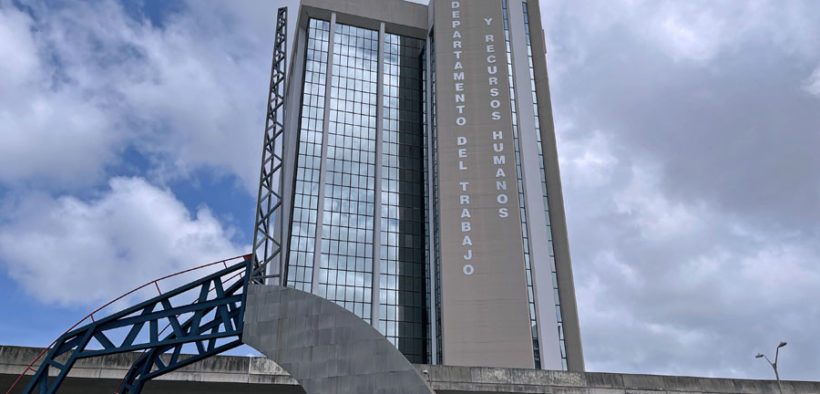
The “Industrial Composition by Municipality” report for the second quarter of 2023 showed a significant increase in all indicators compared to both the second quarter (Q2) of the previous year and Q1 of 2021. These indicators include total employment, total wages paid, average wage per worker and the number of establishments.
“When comparing the recently reported second quarter of 2023 with the first quarter of 2021, a substantial increase in salaried employment is confirmed, with a total of 83,838 jobs added,” said Gabriel Maldonado-González, secretary of Puerto Rico’s Labor and Human Resources Department.
The official described the trend as “consistent and validates the statistics we publish monthly in conjunction with the federal government. Additionally, there is a marked improvement in earned wages, average wage per worker and the number of reporting employers. This is not happening by chance but is a direct result of the economic upturn that Puerto Rico is experiencing under the vision and leadership of Gov. Pedro Pierluisi, which is also reflected in the lowest unemployment rate in our history and the highest labor force participation rate in more than a decade.”
For Q2 this year, the average employment in Puerto Rico was recorded at 931,718, which is 22,639 additional jobs compared to the second quarter of 2022. The industries with the highest average employment were retail trade (130,191), public administration (122,005), and health care and social assistance (96,636).
These were followed by accommodation and food services (86,197), manufacturing (83,027), administrative and waste management services (82,492), educational services (81,139), professional and technical services (40,015), and construction (34,592).
The top 10 municipalities with the highest average employment are San Juan (253,019), Guaynabo (54,651), Bayamón (54,294), Carolina (48,843), Ponce (46,672), Caguas (44,239), Mayagüez (30,720), Arecibo (22,266), Aguadilla (18,618) and Humacao (16,988).
In Q2, total industry wages reached $7,533,938,293, marking a $486,211,387 increase from Q2 2022. Noteworthy sectors included public administration ($1,061,688,249), manufacturing ($830,777,595), health care and social assistance ($788,762,743), retail trade ($780,565,096), educational services ($674,348,612), and professional and technical services ($509,512,268).Among municipalities, top earners were San Juan ($2,491,798,178), Guaynabo ($546,000,830), Bayamón ($408,379,529), Carolina ($364,596,568), Caguas ($335,406,507), and Ponce ($321,010,928).
The average wage per worker reached $8,086 during Q2, an increase of $333 compared to the same period the previous year.
Industries with the highest average wages included management of companies and enterprises ($14,253), professional and technical services ($12,733), finance and insurance ($12,705), and electricity, water, and gas ($11,966). Municipalities with the highest quarterly average wages per worker were Juncos ($12,539), Guaynabo ($9,991), and San Juan ($9,848).
In terms of establishments, Q2 recorded 52,729 units, up by 3,382 from the previous year. Leading industries in the number of establishments were retail trade (9,541), health care and social assistance (8,099), and professional and technical services (6,206). San Juan had the highest number of establishments (12,564), followed by Bayamón (3,156) and Guaynabo (2,715).
The Quarterly Employment and Salaries Census Program, under the Labor and Human Resources Department's Division of Studies and Statistics, generates reports sourced from quarterly submissions by employers governed by the Puerto Rico Employment Security Act. This is part of a series of collaborative reports with the U.S. Department of Labor, offering insights into the Puerto Rican labor market.
2023 © All Rights Reserved By City Beat Chronicle